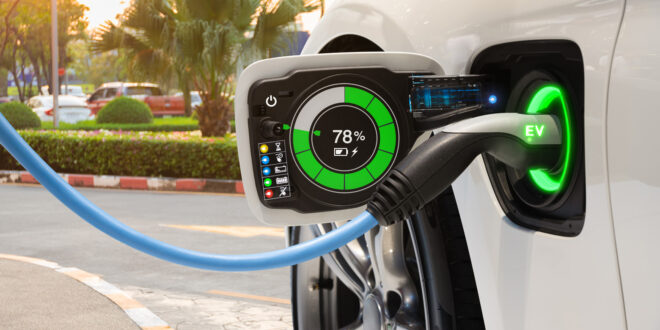Electric vehicles (EVs) are becoming an increasingly viable option for those seeking sustainable and cost-effective transportation. To ensure widespread adoption, the charging infrastructure must advance to meet the needs of growing numbers of EVs. In this blog post, we’ll explore the current state of the EV charging infrastructure and what changes we can anticipate in the years to come.
The Present State of the EV Charging Infrastructure
Currently, there are over 90,000 charging stations and more than 250,000 charging outlets in the United States. However, this network is still insufficient to serve the growing number of EVs. Charging station accessibility is highly dependent on location, with urban areas having a higher density of charging stations compared to rural areas. Additionally, there is a lack of consistency in charging speeds and costs, making it challenging for EV owners to plan long trips.
Future Developments in the EV Charging Infrastructure
In the coming years, we can expect the EV charging infrastructure to undergo significant growth and improvement. These include:
Increased Availability of Charging Stations
As the number of EVs on the road grows, the demand for charging stations will continue to increase. Private companies and governments are investing in the development of charging stations, and we can anticipate seeing a significant increase in the availability of charging stations in the near future.
Rapid Charging Speeds
Currently, most charging stations take several hours to fully charge an EV battery. In the future, we can expect to see the introduction of fast-charging stations that can charge an EV battery in under 30 minutes.
Standardization of Charging Connectors
There are currently several different types of charging connectors, making it confusing for EV owners. In the future, we can anticipate a standardization of charging connectors, making it easier for EV owners to use any charging station they encounter.
Expansion into Rural Areas
Currently, charging stations are predominantly located in urban areas, leaving rural areas with limited charging options. In the future, we can expect to see the expansion of the charging infrastructure into rural areas. Making it easier for rural EV owners to travel long distances.
Improved Integration of Charging Networks
In the future, we can anticipate an improved integration of charging networks. Making it easier for EV owners to locate and use charging stations.
The future of the EV charging infrastructure looks promising, with advancements. Such as increased availability of charging stations, rapid charging speeds, standardization of charging connectors, expansion into rural areas, and improved integration of charging networks. With these changes, we can expect widespread adoption of EVs, leading to a more sustainable future.
 HammBurg Be informed with latest news, reviews, entertainment, lifestyle tips, and much more.
HammBurg Be informed with latest news, reviews, entertainment, lifestyle tips, and much more.




